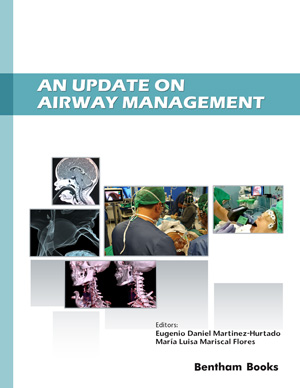Abstract
The condition of “cannot intubate cannot ventilate” is very rare and stressful scenario in paediatric patients, requiring a deep knowledge about anatomic and physiologic features as well as their congenital anomalies. Their anatomical differences as compared to adults imply different laryngoscopy techniques and, for this reason, the endotracheal tube placement is more difficult than in adults. Moreover, paediatric patients have increased oxygen consumption and a reduced functional residual capacity, so the apnea time decreases considerably. In healthy infants under the age of 6 months, with the previous preoxygenation, the saturation pulse oximetry reaches 90% in 90 seconds, while in adults, it happens at 6 minutes [1]. The respiratory events are very common in the paediatric population during general anaesthesia induction. There are some risk factors such as age of under 12 months and the experience and skills of the anaesthesiologist [2]. The hypoxemia (airway management) is one of the causes of cardiac arrest in the operating-room (27%), while failed endotracheal intubation appears in 7% of the cases [3]. All paediatric anaesthesiologists should be warned about the anatomical and physiological characteristics of the paediatric airway [4].
Keywords: Combitube, Cricoid pressure, EC position, Extubation, Flexible fiberoptic bronchoscope, Functional residual capacity, Gastric distension, Laryngeal braking, Laryngeal mask airway, Laryngospasm, Light wand, Miller laryngoscope, Sniffing position, Lemon score , Sugammadex, Two hands ventilation, Uncuffed ETT, Videolaryngoscopy.






















